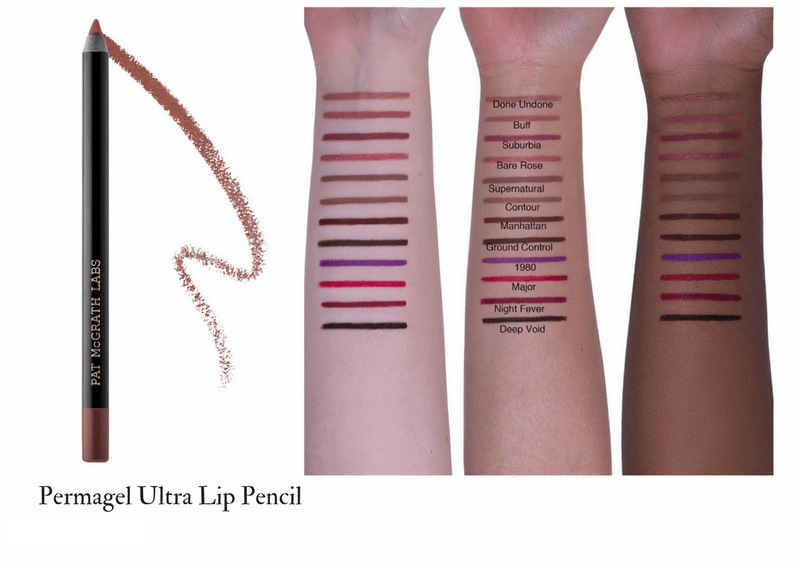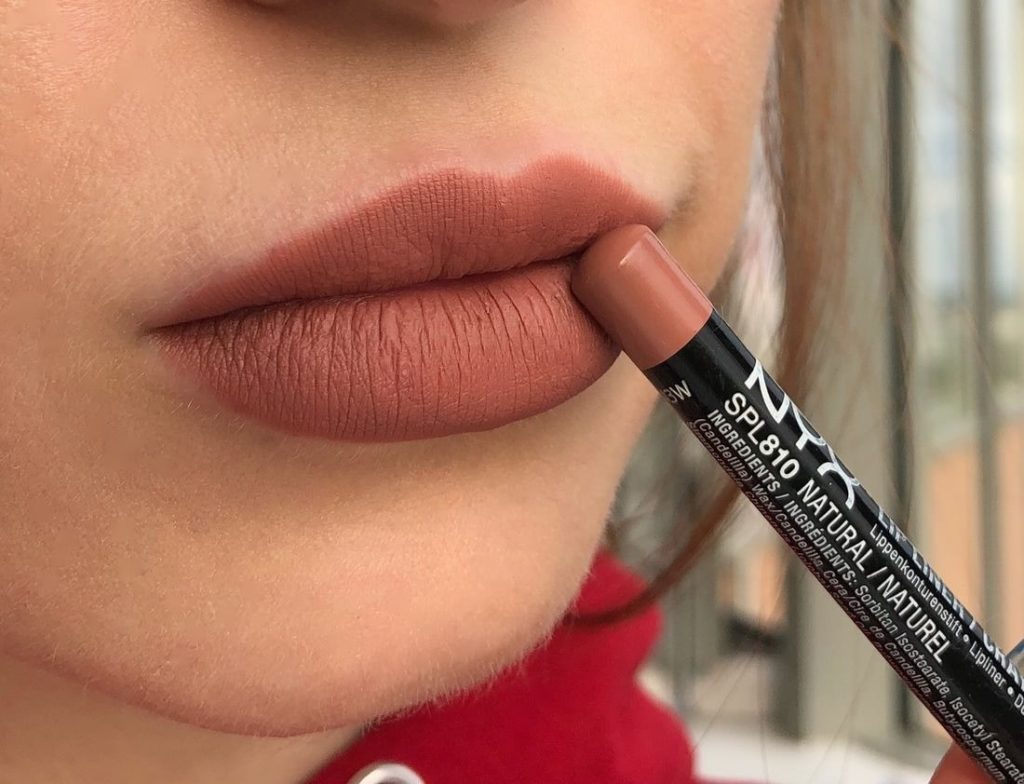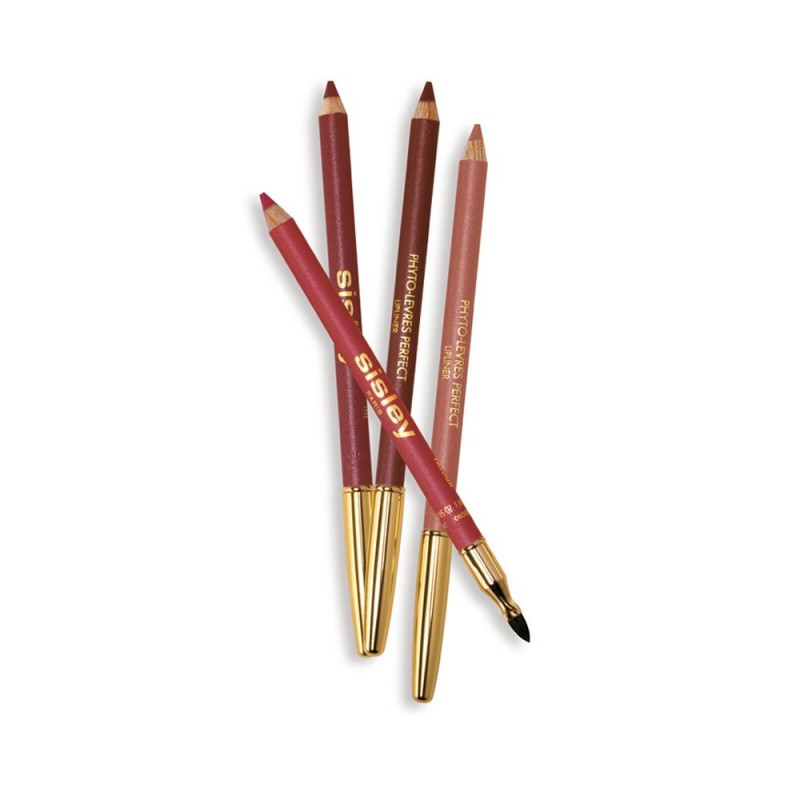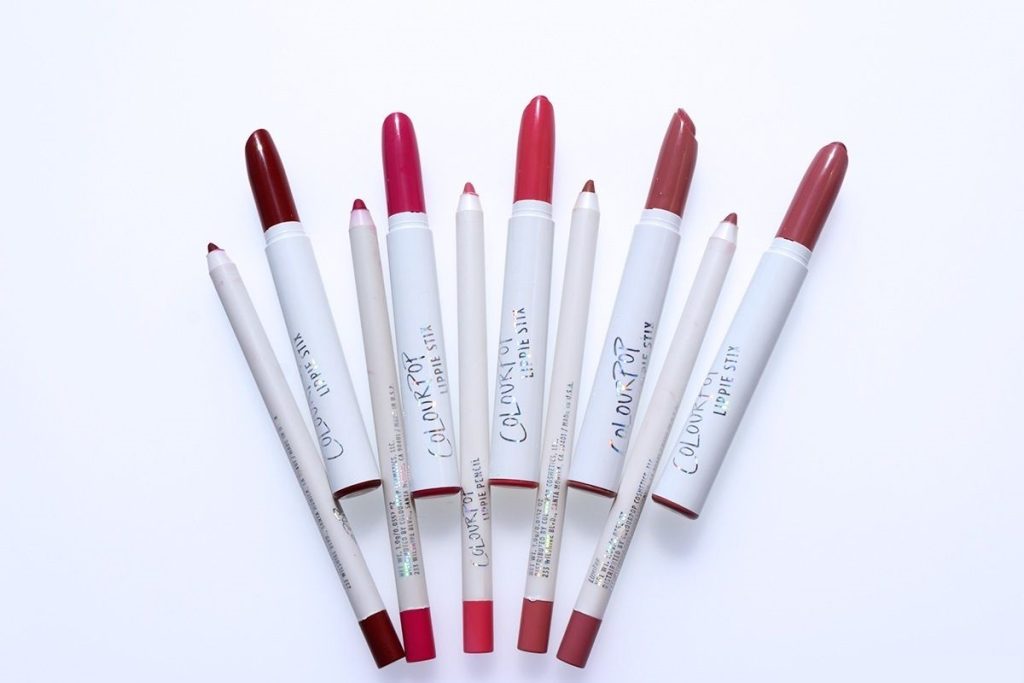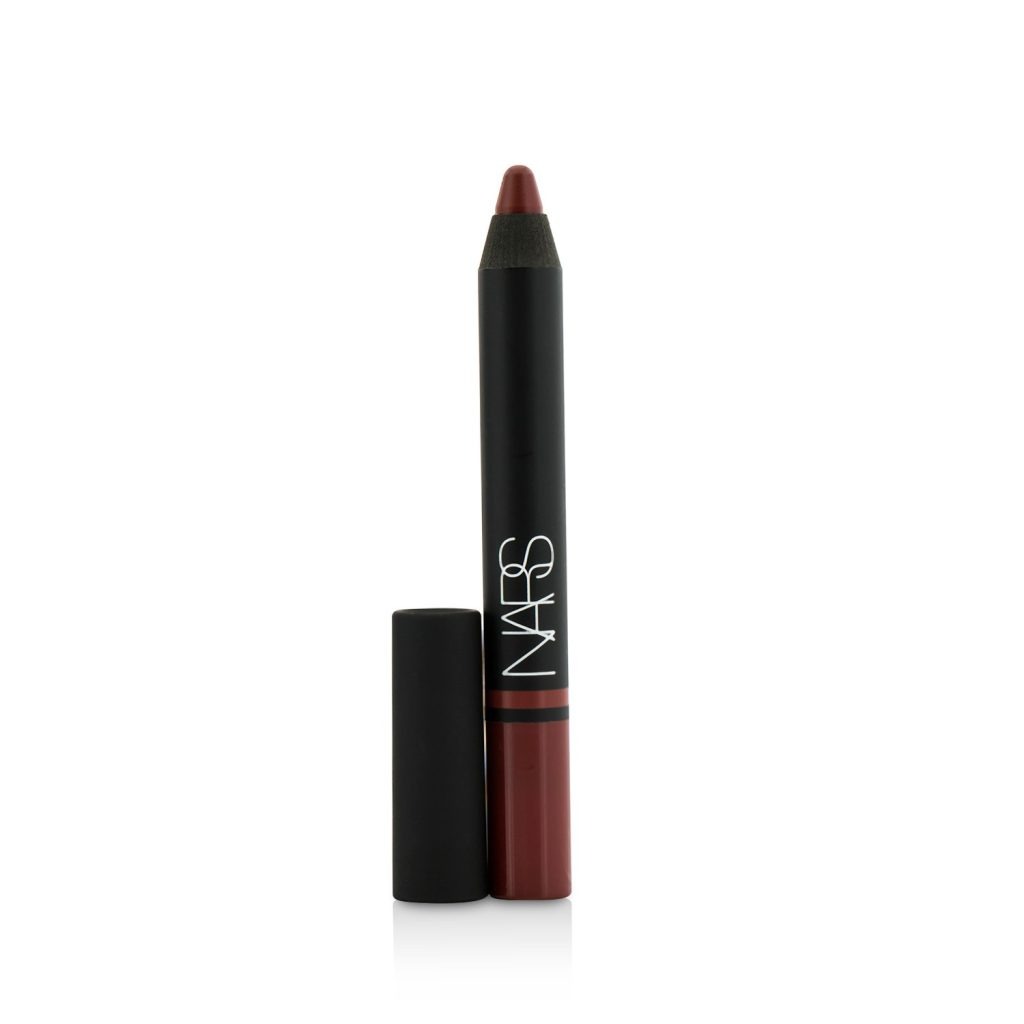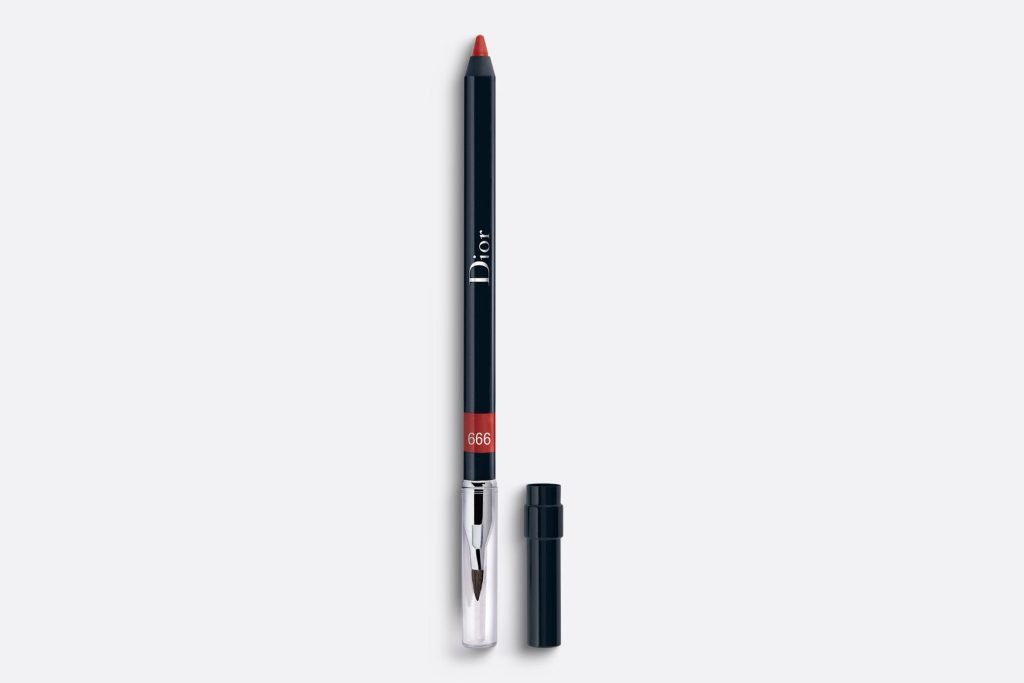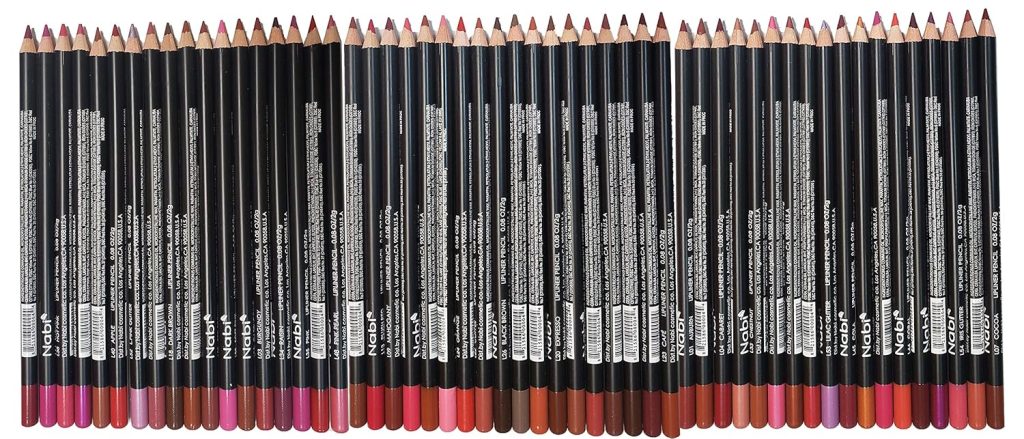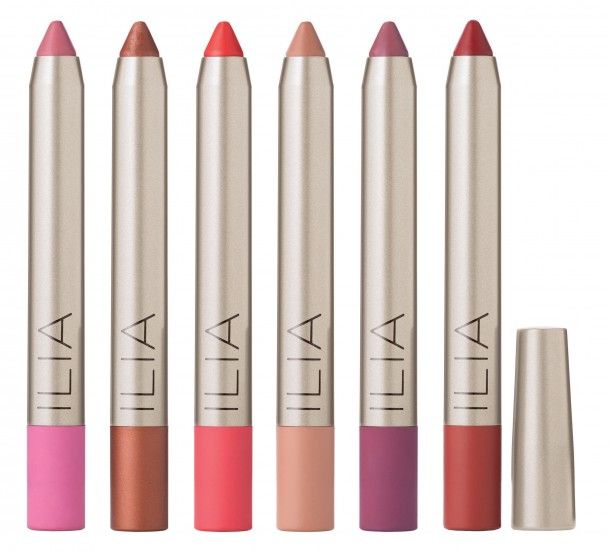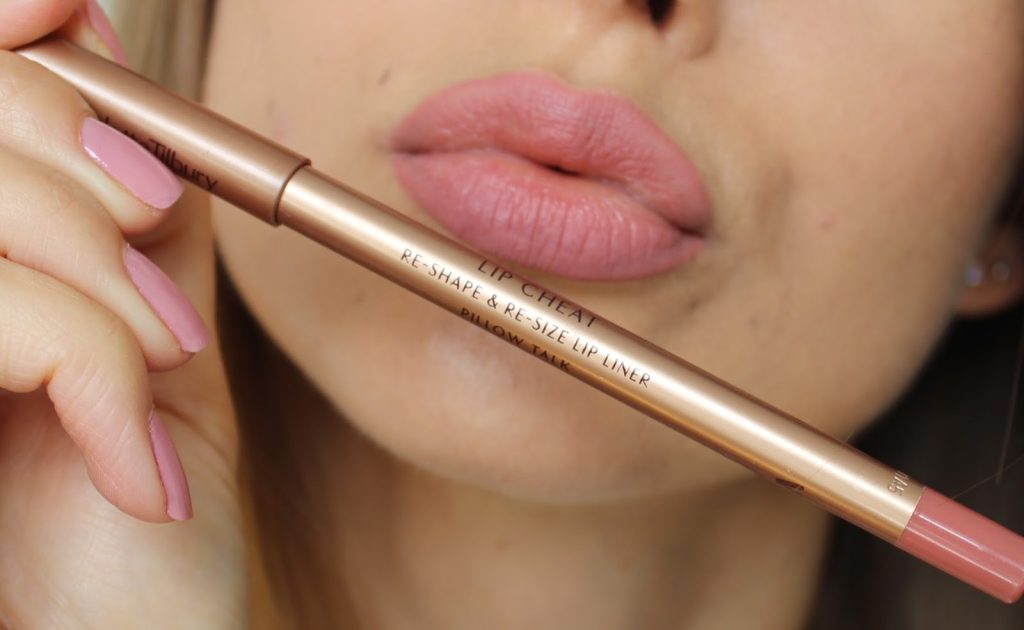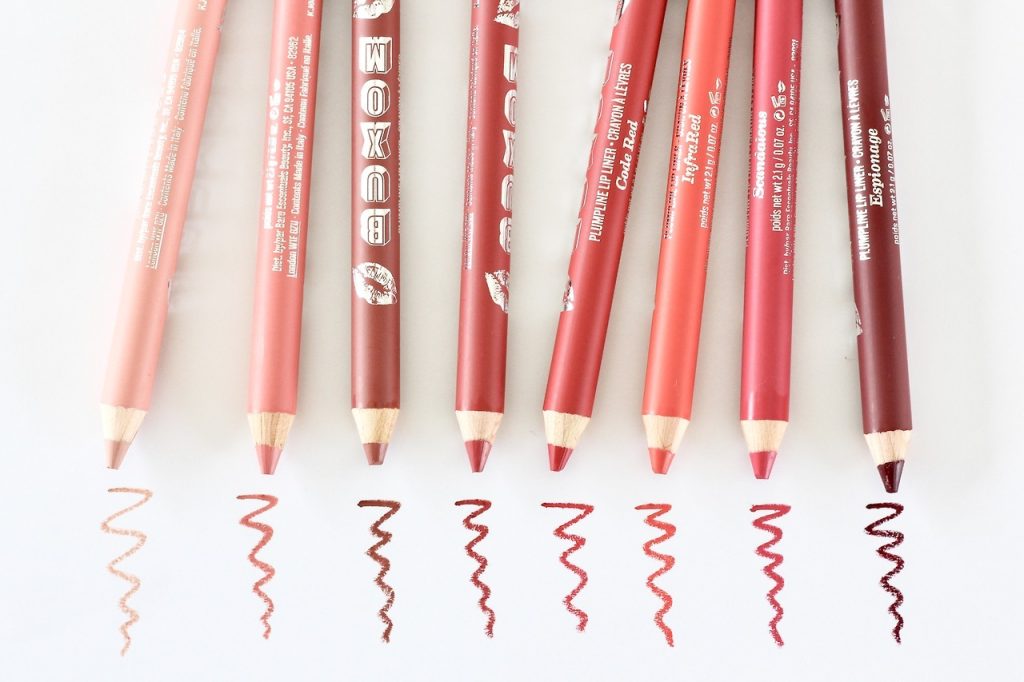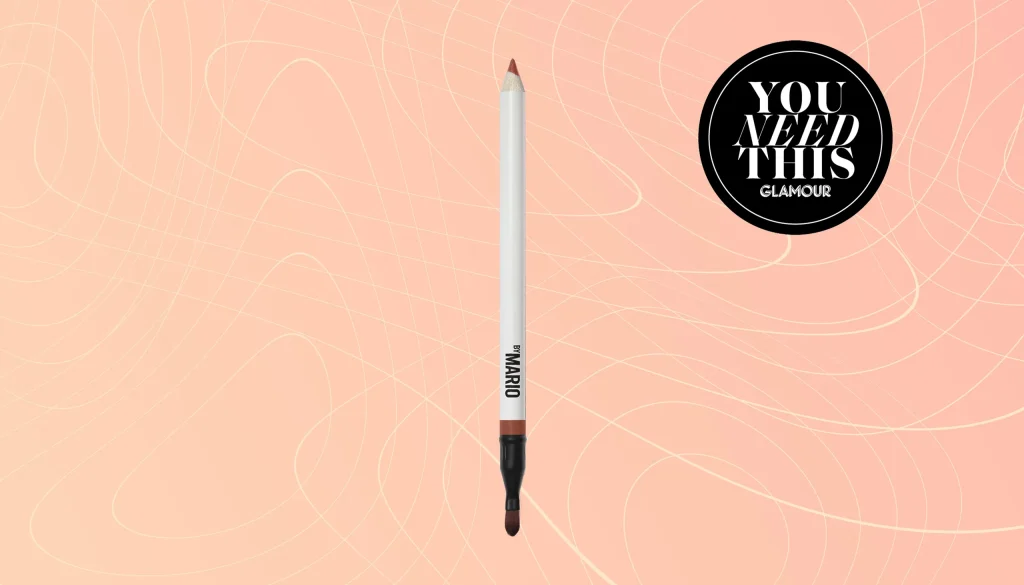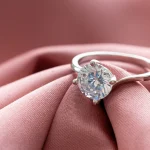1. Matching the Liner to Your Lip Color
For Natural Looks:
When you’re aiming for a more natural, “no-makeup” makeup look, choosing a lip liner that closely matches your natural lip color is the best option. This will help define your lips without making them look overly done. For example, if you have a light pinkish or beige lip colour, opt for a liner in a similar soft pink or nude shade.
For Bold Looks:
If you’re using a bold or intense lipstick color (like red, fuchsia, or dark berry), it’s important to match the liner to the lipstick. This creates a seamless transition between the lips and liner, helping to prevent any awkward lines or bleeding. For example, if you’re wearing a classic red lipstick, you’d want a red liner, but one that’s slightly deeper in tone for a more defined look.
2. Understanding Undertones
Just like with foundation and blush, lip liners also work best when they complement your skin’s undertone.
Warm Undertones (golden, yellow, or olive)
If you have warm undertones, lip liners with warm, brown, peach, or coral shades are ideal. They blend effortlessly into your lip’s natural color and give a rich, flattering effect. For instance, a warm brown liner can pair beautifully with peach, nude, or red shades.
Cool Undertones ( pink, blue, or rosy):
For cool undertones, lip liners with cooler tones such as pink, berry, mauve, or plum work best. These liners will complement the pink or red hues in your lips and prevent the lips from looking too muted or washed out. A cool pink liner works wonderfully with a soft pink lipstick or a berry shade.
Neutral Undertones (a mix of warm and cool):
If you have neutral undertones, you’re lucky because most colors will work well for you. Neutral lip liners are usually pinky-brown shades that match a wide range of lipstick colors, from nudes to rich reds.
3. Texture of the Lip Liner
The texture of your lip liner affects both application and longevity:
Matte Lip Liners:
Matte formulas are often more durable and long-lasting. They don’t smudge as easily, making them great for all-day wear. However, matte liners can feel drier on the lips, so they may not be ideal if you have naturally dry lips. If you go matte, consider pairing with a hydrating lip balm to keep lips comfortable.
Creamy Lip Liners:
Creamy liners tend to glide on smoothly, making them easier to apply, especially for beginners. They offer a more moisturizing feel compared to matte formulas but may not last as long, especially if you’re drinking or eating. You might need to reapply throughout the day.
Gel Lip Liners:
Gel liners are a hybrid of both creamy and matte formulas. They tend to be highly pigmented, offering smooth application and long-lasting results. Gel liners can provide the best of both worlds if you’re looking for something that applies easily but stays put.
4. Defining Your Lips
Lip liners are great for shaping and defining your lips:
Overlining:
If you want to make your lips appear fuller, overlining (slightly drawing outside the natural lip line) can be effective. However, it’s important not to go too far outside the natural contour to avoid the appearance of an unnatural, harsh line. When overlining, it’s best to use a liner that’s close to your natural lip color or one that is slightly deeper than your lipstick shade to ensure it blends seamlessly.
Underlining:
For a more defined look, applying a slightly darker liner than your lipstick color along the natural lip line can give your lips structure and definition. This can be especially helpful with bold or vibrant lip colors that might need a little extra precision.
5. Test Before You Buy
The lighting in stores can sometimes deceive you, so it’s always important to test the liner before making your purchase. The best way to test is to apply the product directly to your lips or on the back of your hand to see how it looks against your skin tone. Ideally, you want to check the liner’s consistency, how easily it glides on, and whether the color is close to what you were expecting.
If you’re shopping online, look at swatches and reviews. Many makeup brands offer online swatches or even user-generated photos, which can give you an idea of how the product performs in real life.
6. Choosing Between Retractable or Traditional Pencils
Retractable Pencils:
These are convenient because they don’t require sharpening. You can just twist them up for more product. They’re great for on-the-go use, but you might lose a bit of precision compared to sharpenable pencils.
Traditional Pencils:
Traditional wooden pencils or twist-up pencils that need sharpening offer more precision and are ideal for detailed lip work. However, they can require more maintenance and a sharpener, and they sometimes don’t glide on as easily as creamier formulas.
For a liner that stays in place all day, look for a long-lasting or waterproof formula. Many brands offer smudge-proof lip liners that promise to withstand eating, drinking, and talking. These formulas often have a slightly more waxy texture, which helps them stay put without budging. If you’re looking for extra staying power, opt for a liner that also doubles as a lip color or has a more matte finish.
Tips for Application:
- Prep Your Lips: Exfoliate your lips gently to remove any dry patches before applying the liner. Hydrate with a lip balm to keep your lips smooth.
- Line and Fill: For a more defined lip, outline the edges of your lips first, then fill in the center with the same liner to create a more solid base for your lipstick.
- Blending: If you’re using a bold or deep color, you might want to blend the liner slightly into the lips with your finger or a lip brush to avoid a stark contrast.
With these top picks, you’ll be able to find the perfect lip liner for your needs. Whether you’re after long wear, hydration, or the perfect nude shade, these recommendations have got you covered!


